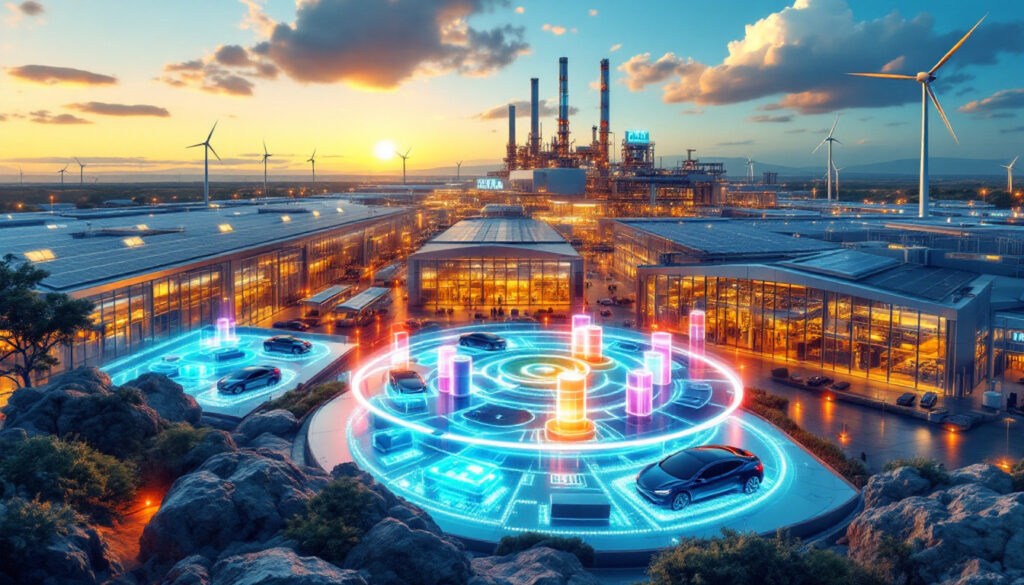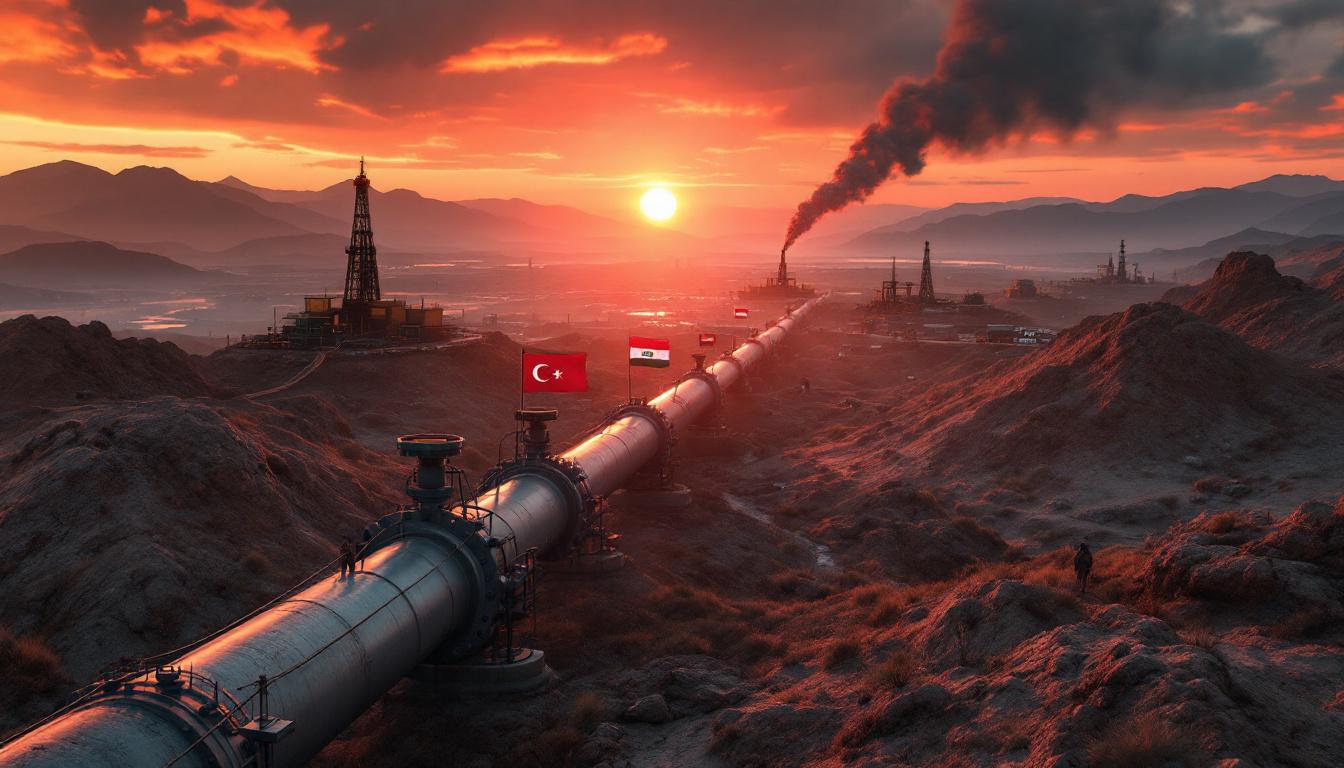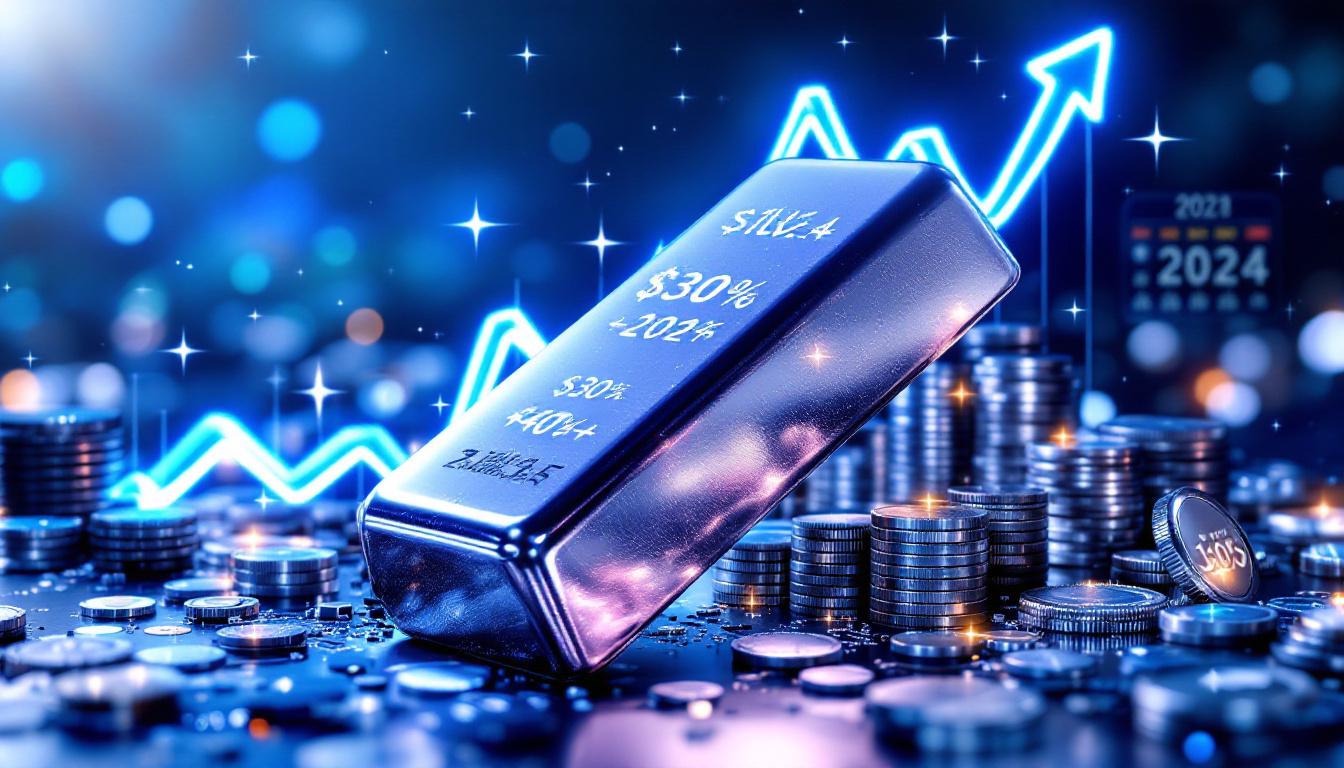€150 Million Financing for Gruppo Seri's Lithium Battery Gigafactory: A Strategic European Investment
In April 2025, Gruppo Seri secured €150 million in syndicated financing to expand Italy's first lithium battery gigafactory in Teverola, Caserta. This project, part of the European IPCEI Batteries 1 initiative, aims to bolster the EU's energy independence and advance its green transition. The existing facility, operational with a 300 MWh/year capacity, produces LFP cells and modules for energy storage, marine, and mobility applications. The expansion, dubbed Teverola Project 2, targets an 8 GWh annual output, supported by a €505 million investment and EU subsidies. The initiative integrates a circular economy model, featuring a recycling plant processing 50 tons of spent batteries daily. This report examines the project's financial structure, technological innovations, and strategic significance for Europe's industrial and environmental goals.
What is the Teverola Gigafactory Project?
Italy's First Lithium Battery Production Facility
The Teverola gigafactory represents a landmark achievement in European manufacturing as Italy's inaugural lithium-ion battery production site. Located in Caserta province, the facility spans 265,000 square meters and began operations with an initial capacity of 300 MWh/year. It specializes in lithium iron phosphate (LFP) cells and modules, which are critical for applications ranging from electric vehicles (EVs) to grid-scale energy storage systems (ESS). Unlike competitors reliant on non-EU supply chains, Gruppo Seri's facility is wholly European-owned, aligning with the EU's strategic priorities to reduce dependency on foreign technology.
The plant's LFP chemistry offers advantages in safety and longevity compared to nickel-manganese-cobalt (NMC) batteries, making it suitable for high-demand sectors like public transportation and marine energy. Additionally, the gigafactory's modular design allows scalability, enabling rapid adaptation to market demands. Early production lines have already supplied batteries for Italy's electric bus networks and industrial ESS, demonstrating the facility's role in regional decarbonization.
Teverola Project 2: The Expansion Plan
The €505 million expansion, partially funded by the €150 million loan, aims to increase annual production capacity to 8 GWh—a 26-fold surge. This phase includes constructing advanced manufacturing units and a pilot recycling facility capable of processing 50 tons of end-of-life batteries daily. By recovering materials like lithium, cobalt, and nickel, Gruppo Seri aims to replicate its success in lead-acid battery recycling, reducing raw material imports and minimizing environmental impact.
The expansion's timeline anticipates full operational capacity by 2027, with phased rollouts to meet growing demand for EV and renewable energy storage solutions. Strategic partnerships with automotive OEMs and utility providers are expected to secure long-term off-take agreements, ensuring market stability.
How is the €150 Million Financing Structured?
The Financial Consortium
UniCredit spearheaded the €150 million syndicated loan as Global Coordinator, MLA, and Agent Bank, joined by Intesa Sanpaolo, BNL BNP Paribas, and Cassa Depositi e Prestiti (CDP). SACE's Archimede guarantee mitigated lending risks, reflecting institutional confidence in the project's alignment with EU sustainability goals. Legal advisement by Legance ensured compliance with regulatory frameworks, including state aid provisions under the EU's Temporary Crisis and Transition Framework (TCTF).
This financing complements €200 million in European Commission grants awarded through the IPCEI program, highlighting the project's centrality to EU industrial policy. The blended finance model—combining private debt, public guarantees, and subsidies—reduces capital costs and incentivizes further private sector participation in green infrastructure.
Investment Allocation
Funds are earmarked for machinery acquisition, R&D infrastructure, and workforce training. Over 40% of the budget will deploy automated production lines to enhance efficiency and reduce waste. The recycling pilot, allocated €30 million, will test hydrometallurgical processes to achieve 95% material recovery rates, positioning Gruppo Seri as a leader in closed-loop battery ecosystems.
Why is This Project Strategically Important for Europe?
Part of IPCEI Batteries 1 Initiative
The IPCEI Batteries 1 initiative, approved under EU state aid rules, seeks to establish a self-sufficient lithium-ion battery value chain by 2030. Gruppo Seri's gigafactory addresses critical gaps in cell production, which previously relied on Asian imports. By localizing supply chains, the EU aims to cut battery costs by 20% and create 800,000 jobs continent-wide.
The project also supports the EU's Critical Raw Materials Act (CRMA), which prioritizes lithium and cobalt sourcing from sustainable suppliers. By integrating recycling, Gruppo Seri reduces reliance on mining, aligning with the EU's circular economy action plan.
Supporting European Green Transition Goals
Expanding renewable energy capacity requires robust ESS solutions to manage intermittent generation from solar and wind. The Teverola gigafactory's ESS batteries enable grid stabilization, supporting the EU's target of 45% renewable energy by 2030. In mobility, its batteries are earmarked for 50,000 electric buses and commercial vehicles, potentially offsetting 1.2 million tons of CO₂ annually.
What Makes the Teverola Gigafactory Technologically Advanced?
Innovative Production Capabilities
The facility employs dry electrode coating—a solvent-free process reducing energy consumption by 30% compared to conventional methods. This technology, licensed from U.S. startups, eliminates volatile organic compound (VOC) emissions, enhancing workplace safety and environmental compliance.
LFP cells produced here utilize lithium ferro phosphate cathodes, avoiding cobalt and nickel to lower costs and ethical concerns. With energy densities of 160 Wh/kg, they rival NMC batteries while offering superior thermal stability.
Circular Economy Integration
The recycling pilot uses a hybrid approach: mechanical shredding separates components, followed by hydrometallurgical leaching to extract metals. Recovered lithium carbonate is purified to battery-grade standards, achieving 99.5% purity for reuse in new cells. This process slashes lifecycle emissions by 40% compared to virgin material extraction, underscoring the project's sustainability credentials.
What Are the Market and Industry Implications?
Addressing European Battery Production Challenges
Europe hosts only 3% of global cell production despite consuming 25% of batteries. The Teverola expansion could elevate the EU's share to 10% by 2030, reducing trade deficits with China. However, challenges persist, including high energy costs and skilled labor shortages. Gruppo Seri's collaboration with vocational schools aims to train 1,000 technicians by 2026, addressing this gap.
Similar challenges are being faced in Australia, where Australia's lithium ambitions include building processing capabilities rather than just exporting raw materials. Furthermore, advancements in direct lithium extraction technologies worldwide are providing alternative solutions to traditional mining methods.
Leadership Perspective
Vittorio Civitillo, CEO of Seri Industrial S.p.A., emphasizes the project's urgency: "The energy transition demands rapid industrial adaptation. Without institutional support, Europe risks ceding leadership to foreign competitors." He critiques fragmented EU policies, advocating for harmonized subsidies and streamlined permitting to accelerate gigafactory deployments.
As reported by Agenzia Nova, this significant investment complements other international initiatives such as Chile's innovative lithium strategy, which similarly aims to balance industry growth with environmental responsibility.
Technical Innovations Driving Efficiency
Advanced Manufacturing Processes
The Teverola gigafactory utilizes precision robotics for electrode assembly, reducing manufacturing defects by 85% compared to manual methods. Quality control systems employing AI-driven visual inspection detect microscopic flaws in real-time, ensuring industry-leading cell consistency and reliability.
Proprietary electrolyte formulations developed at Gruppo Seri's R&D center enhance low-temperature performance, addressing a common limitation of LFP chemistry. These innovations extend operational range in cold climates by up to 20%, making the batteries suitable for Nordic markets.
Recent lithium production innovation techniques from other global projects are also being considered for future implementation to further enhance efficiency and sustainability.
Smart Integration Capabilities
The facility's batteries feature embedded IoT sensors that transmit performance data throughout their lifecycle. This technology enables predictive maintenance and optimization of charging protocols, extending battery lifespans by up to 30%. The cloud-based battery management system adapts to usage patterns, dynamically adjusting power delivery to maximize efficiency across diverse applications.
Economic Impact and Job Creation
Regional Development
The Teverola expansion is projected to create 1,800 direct jobs and approximately 5,000 indirect positions across the supply chain. The average salary at the facility exceeds regional medians by 25%, attracting skilled workers to southern Italy and helping address north-south economic disparities.
Gruppo Seri has established partnerships with technical universities and vocational institutions to develop specialized training programs. These initiatives include apprenticeships for battery assembly technicians, chemical engineers, and recycling specialists, ensuring a sustainable talent pipeline for the growing industry.
European Supply Chain Integration
By 2028, the gigafactory aims to source 70% of raw materials from European suppliers, reducing reliance on Asian markets. This localization strategy decreases transportation emissions by an estimated 35% while improving supply chain resilience against geopolitical disruptions.
The project serves as an anchor for related industries, with six component manufacturers already announcing plans to establish facilities within 100 kilometers of Teverola. This clustering effect promises to revitalize industrial zones in Campania that have faced declining investment over the past decade.
According to a report by Il Mattino, the Teverola Gigafactory represents a critical step in addressing the mining industry ESG challenges that have historically hampered Europe's battery supply chain development.
Conclusion
Gruppo Seri's Teverola gigafactory epitomizes Europe's dual ambition: achieving technological sovereignty and climate neutrality. By combining scalable production with circular economy principles, the project sets a benchmark for sustainable industry. Success hinges on continued public-private collaboration, R&D investment, and market incentives to ensure Europe's competitiveness in the global battery race.
Looking for the Next Big Mineral Discovery?
Stay ahead of the market with real-time alerts on significant ASX mineral discoveries through Discovery Alert's proprietary Discovery IQ model, which transforms complex data into actionable insights. Understand why major discoveries can lead to substantial returns by exploring our dedicated discoveries page and begin your 30-day free trial today.




